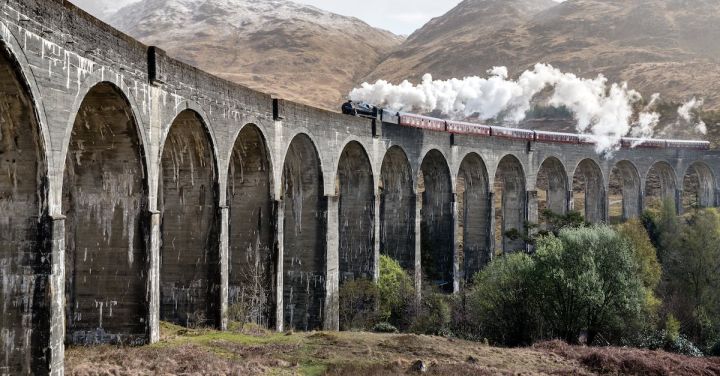High-stakes railway mergers have become a common occurrence in recent years, as companies strive to expand their reach and gain a competitive edge in the market. These mergers, characterized by large sums of money and high levels of risk, have the potential to shape the future of the railway industry.
One of the most significant aspects of high-stakes railway mergers is the financial investment required. Companies must be willing to commit substantial amounts of capital to acquire or merge with another railway company. This investment is driven by the desire to expand market share, access new routes, or gain technological advancements. The stakes are high, as the success or failure of these mergers can have a significant impact on a company’s bottom line.
In addition to the financial investment, high-stakes railway mergers also come with a level of risk. Combining two or more companies is a complex process that requires careful planning and execution. There are numerous challenges to overcome, including integrating different corporate cultures, aligning business strategies, and streamlining operations. Failure to address these challenges effectively can lead to a loss of productivity, customer dissatisfaction, and ultimately, financial losses.
Despite the risks involved, high-stakes railway mergers offer several potential benefits. For one, they can lead to increased efficiency and cost savings. By pooling resources and eliminating redundancies, merged companies can streamline their operations and achieve economies of scale. This can result in lower costs for both the company and its customers, making rail transportation more competitive compared to other modes of transportation.
Furthermore, high-stakes railway mergers can lead to improved service offerings. Through the combination of expertise and resources, companies can enhance their capabilities and provide a more comprehensive range of services to their customers. This could include improved freight transportation options, faster delivery times, and enhanced customer support. Ultimately, customers stand to benefit from a more efficient and customer-centric railway system.
However, high-stakes railway mergers also have their critics. Some argue that these mergers can lead to monopolistic behavior and decreased competition in the industry. They believe that fewer players in the market could result in higher prices and reduced choices for customers. Additionally, there are concerns about potential job losses and the impact on local economies.
To mitigate these concerns, regulatory bodies play a crucial role in overseeing high-stakes railway mergers. They ensure that mergers comply with antitrust laws and regulations, and that the resulting companies do not engage in anti-competitive practices. The goal is to strike a balance between encouraging industry growth and maintaining fair competition.
In conclusion, high-stakes railway mergers are a significant development in the railway industry. They require substantial financial investment and come with a level of risk. However, if executed successfully, these mergers can lead to increased efficiency, improved service offerings, and ultimately benefit both companies and customers. Regulatory bodies play a vital role in ensuring fair competition and protecting the interests of all stakeholders involved. As the railway industry continues to evolve, high-stakes mergers will undoubtedly shape its future.
